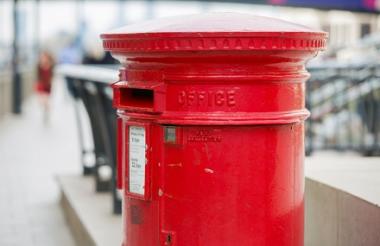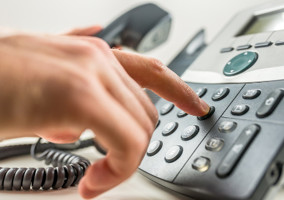More than 80% of fundraisers use mail for their programmes, a survey from the Institute of Fundraising (IoF) has found.
IoF surveyed 200 fundraisers in December 2019 and found that the vast majority of them consider it a key income channel.
93% of respondents said that mail enhances the supporter experience, building loyalty and engagement, while 82% said they value the room mail provides for storytelling.
The IoF has now published a free guide, The Power of Mail in Charity Fundraising, which includes insight on how to plan and deliver a successful mail campaign.
The guide is in partnership with direct mail marketing agency Royal Mail MarketReach.
Research by the agency found that 92% of charity mail is engaged with and that 65% of recipients are likely to give mail their full attention.
Making supporters feel valued
According to the guide, supporters like mail because it makes them feel valued, it allows them to read and respond in their own time, it is engaging and convenient, and gives them control on what they receive.
The guide also looks at how fundraisers can make sure they are complying with all privacy regulations, and at how to reduce the environmental impact of a mailing campaign, for example by using recycled paper and biodegradable ink.
Daniel Fluskey, head of policy and external affairs at IoF, said: “Mail’s tangibility provokes a very different reaction than other channels, and with so much content vying for people’s attention in the digital space, it can be that much more substantive. It can have a particularly strong impact on emotional resonance and engagement.”
Amanda Griffiths, head of communications planning at Royal Mail MarketReach, said: “Mail enables charities to communicate with supporters directly in a way no other medium can. A mail pack creates that feeling of ‘they cared enough to write to me’ – meaning people feel recognised and valued for their support, closer to the charity and cause and more likely to support it not only for longer, but also in additional ways.”
Related articles












